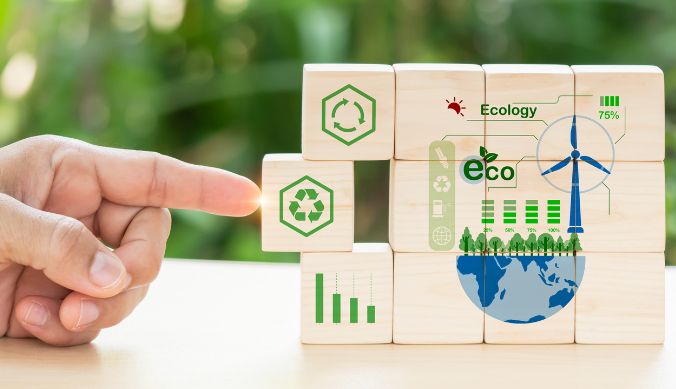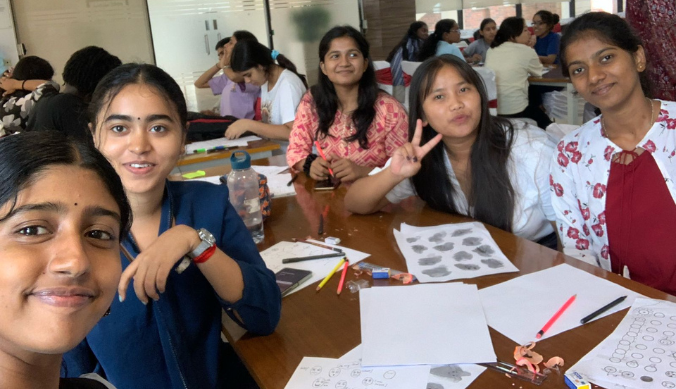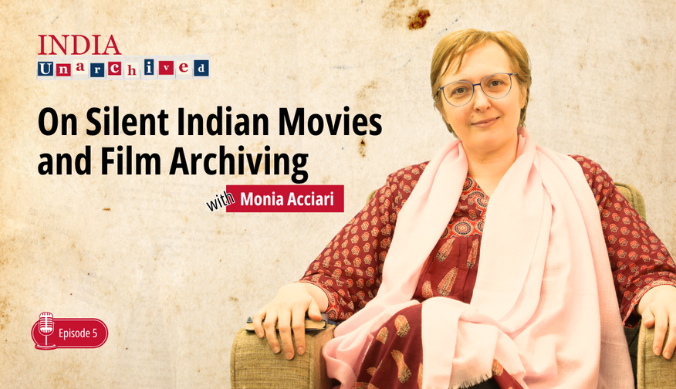Circular Economy: A Modern Opportunity for Frugal Innovation
In the dynamic terrain of India's technological and economic growth, the amalgamation of the principles of circular economy with Jugaad innovation is generating a potent force known as Jugaad 2.0
In contemporary times, where the world is plagued by hyperconsumerism, planned obsolescence, commercialism, impulse-buying, shopping sprees, and retail therapy, a Circular Economy is the knight in shining armour that will help curb overconsumption of resources and aid us in achieving the goal of sustainability. The foundations of a circular economy focus on resource and energy efficiency using methods like recycling, repair, and recovery. That creates an opportunity for organisations and individuals to apply their creativity and innovate. Frugal innovation, colloquially known as jugaad in India, is defined as creative innovation done to adapt to a circumstance or overcome an obstacle, often using as few resources as possible.
In the dynamic terrain of India’s technological and economic growth, the amalgamation of the principles of circular economy with Jugaad innovation is generating a potent force known as Jugaad 2.0. Jugaad is an Indian phrase that refers to the skill of overcoming limitations. Using few resources and innovative cost-cutting techniques in Jugaad 2.0 distinguishes frugal innovation from traditional innovation, which frequently depends on well-established procedures and abundant resources. Additionally, Jugaad 2.0 is distinct in that it is motivated by needs rather than just market forces or profit margins. It emerged to address the particular needs of individuals or groups. Further, Jugaad 2.0 encourages community-driven innovation rather than just individuals. Another unique quality of Jugaad 2.0 is its adaptability, which makes it possible to turn hardship into opportunity.

The traditional industrial practices follow a linear economy model in which products are disposed of and replaced instead of being repaired or recycled. This pattern of manufacturing and consumerism is unsustainable in the long run as it leads to overexploitation of natural resources and environmental degradation. Institutions will not be able to continue functioning with the linear economy mindset for too long before their business-as-usual approach will start adversely affecting the production cycles of businesses, resulting in decreased output. Individuals will also be faced with misadventures if society’s current approach to consumerism is not re-envisioned.
A circular economy is a step further from the product mindset to a service mindset where consumers no longer approach products as having ownership of them, but rather as a service they are paying for to use the product, which will later be repurposed into another product and so on. In a circular economy, consumers no longer have ownership of the product in the sense that they can claim possession of the (natural) resources that the product is made of, instead, they pay to ‘rent’ out those resources as the natural resources on Earth are finite. A circular economy requires collaboration among businesses, governments, and consumers to make the ecosystem of a circular economy possible. That needs coordination and engagement from all stakeholders to implement circular practices. A circular economy model not only protects the environment but also promotes the sustainable development of businesses, bringing prosperity in the long term as well. This model encourages manufacturers to design products that are durable for a long time and also recyclable. To create a circular economy system in organisations or institutions such as our university, efforts need to be made to set up procedures and infrastructure to adopt the principles of a circular economy. This can be attained through applying inventive restructuring of products by businesses. That is where frugal innovation comes into play.
Tricog Health’s invention, SanketLife, is a shining example of frugal innovation transforming healthcare through the seamless integration of circular economy principles. This portable electrocardiogram (ECG) device is more than just a medical tool; it’s a demonstration of the revolutionary potential of sustainability, affordability, and ease of use in tackling important health concerns. SanketLife’s steadfast dedication to cost-effective innovation strategies is the foundation of its success.

Tricog Health has made heart health monitoring accessible by putting usability first, shattering the boundaries that previously restricted this technology to urban settings. The device’s straightforward design makes it possible for people to obtain quick and simple heart health diagnostics even in remote and impoverished areas. SanketLife is more than just a medical device; it actively supports the circular economy. The focus on early detection and preventive healthcare reflects the goal of the circular economy, which is to promote long-term, sustainable solutions. SanketLife exemplifies the circular economy’s ideology of tackling problems at its core and promoting a regenerative cycle that benefits society and the environment by abandoning a reactionary approach to healthcare. By guaranteeing that each component has a function and cutting down on needless waste during production, it enhances resource efficiency. Furthermore, its emphasis on preventive healthcare is consistent with the circular economy’s objective of creating resilient, robust systems that stand the test of time.
Ashoka University’s SDG Club has initiated a pilot project supported by the LiveGreen@Ashoka initiative to recycle Ashoka’s paper waste and create a stationery brand. This in-house brand adheres to the concept of circular economy as it transforms waste into beautifully designed products for the Ashoka community. The project minimises its ecological footprint by creating a closed-loop system through repurposing its paper waste. Through the demonstration of the transforming potential of recycling and upcycling, the SDG Club encourages the university community to adopt a mindful consumerism and waste reduction culture. This initiative exemplifies how institutions may actively contribute to a more sustainable future by showing that value can be created from even the byproducts of daily operations.
References
- Kannan, Indira. “Jugaad 2.0.” Business Standard, 15 Mar. 2013, www.business-standard.com/article/beyond-business/jugaad-2-0-113031500561_1.html.
- Stockholm Environment Institute. Transformational Change through a Circular Economy. Stockholm Environment Institute, 2019. JSTOR, http://www.jstor.org/stable/resrep22978.
- Tiwari, Rajnish and Jaideep Prabhu. “Soft power of frugal innovation and its potential role in India’s emergence as a global lead market for affordable excellence PDF Logo.” EconStor., 2018, https://www.econstor.eu/handle/10419/182008.
- Trajano, Julius Cesar. “A Circular Economy for Sustainable Development and Environmental Protection.” Advancing Non-Traditional Security Governance Through Multi-Stakeholder Collaboration, S. Rajaratnam School of International Studies, 2019, pp. 7–8. JSTOR, http://www.jstor.org/stable/resrep20021.8.
Study at Ashoka













